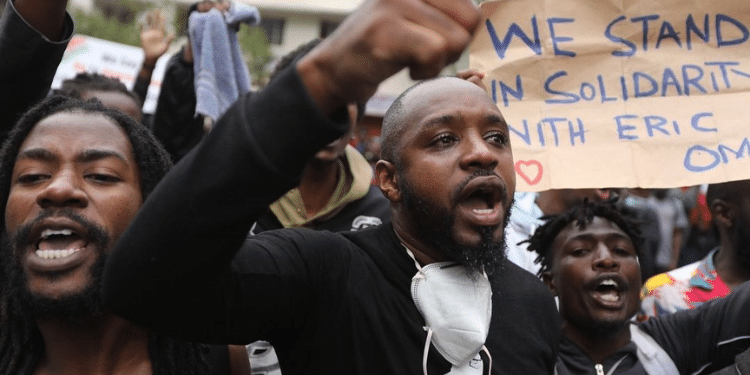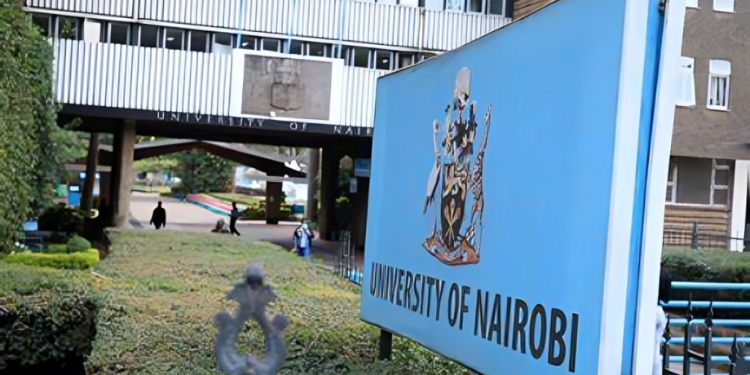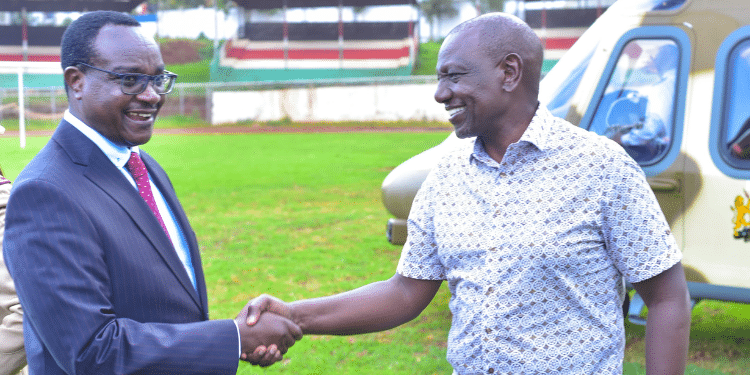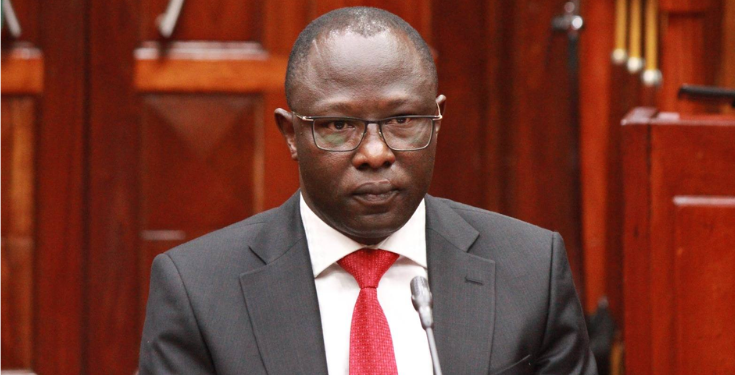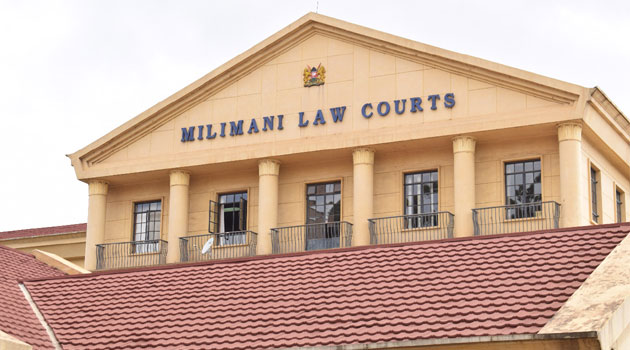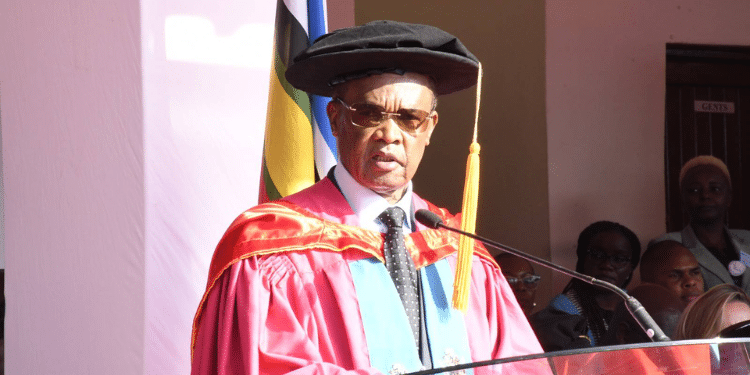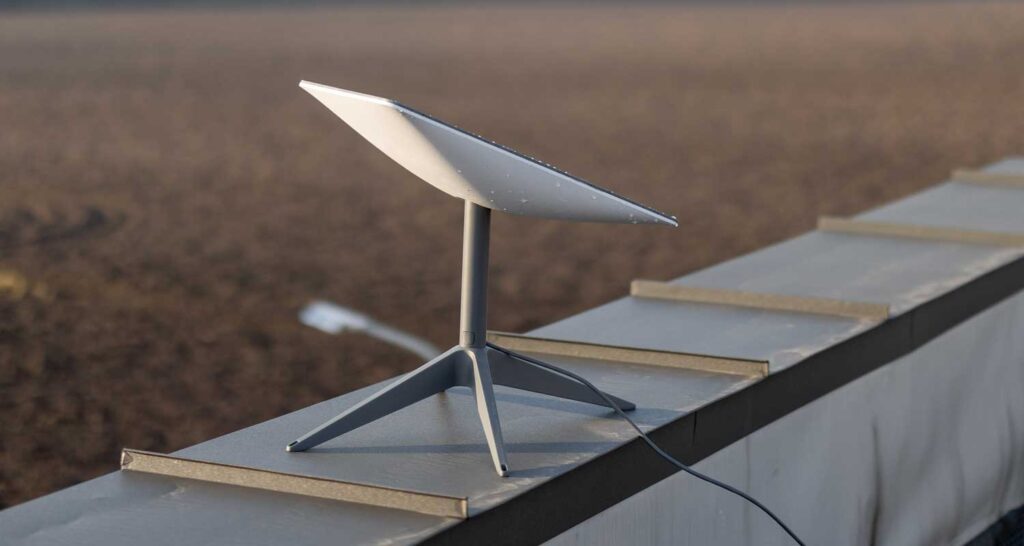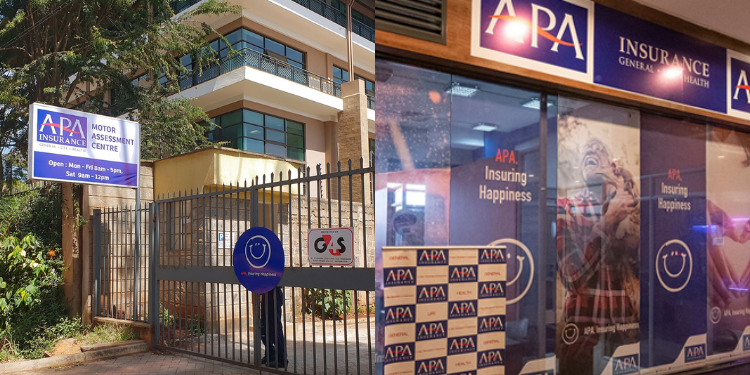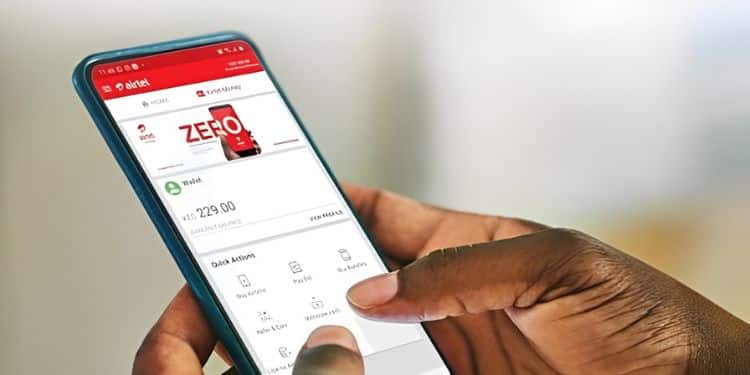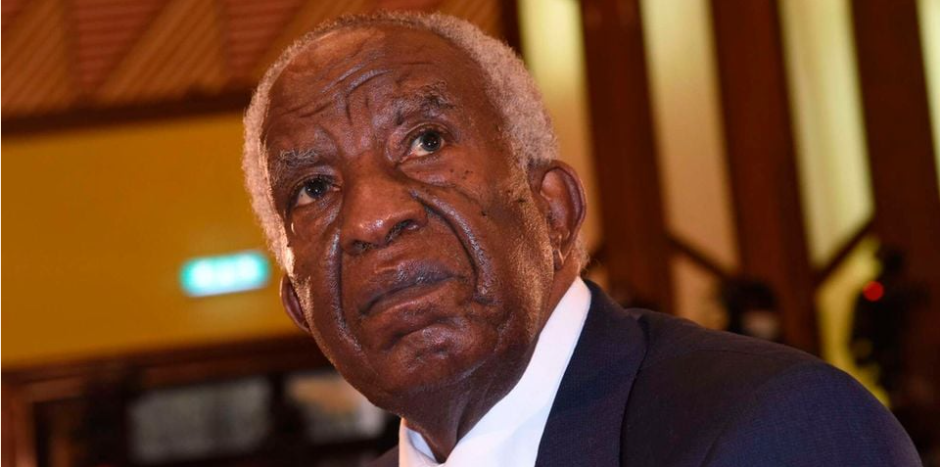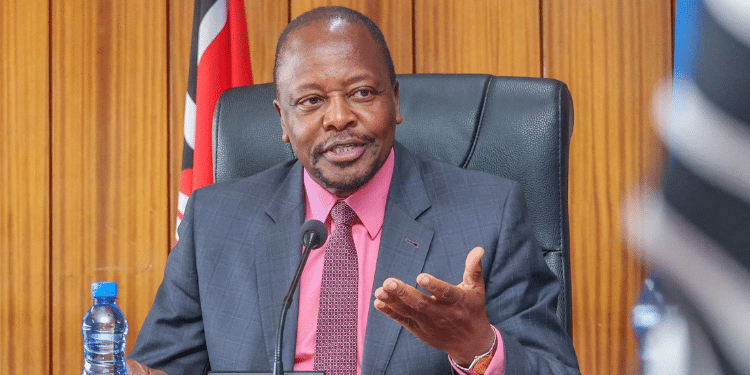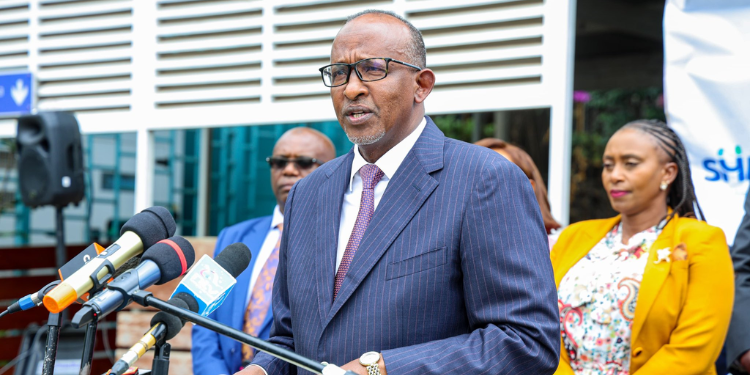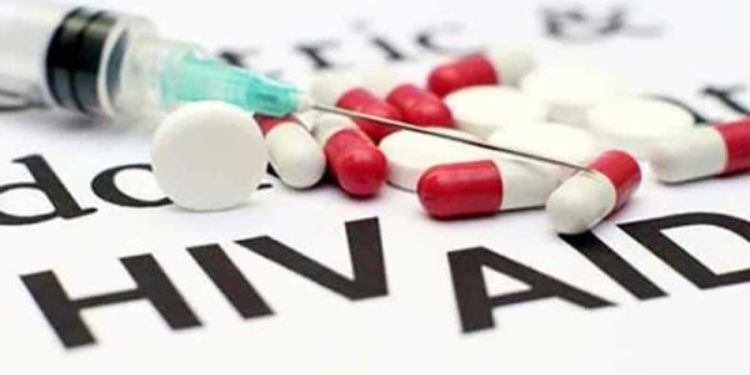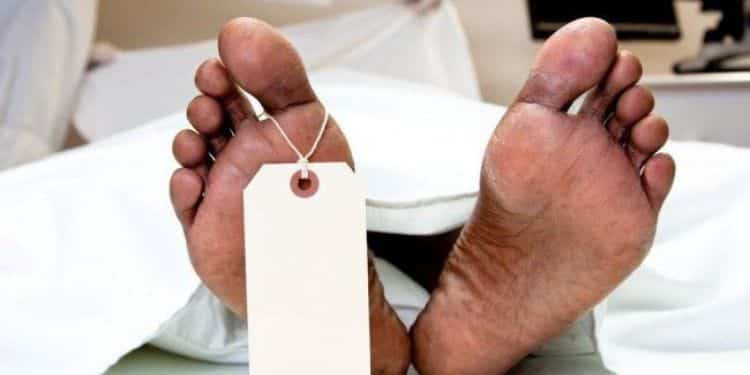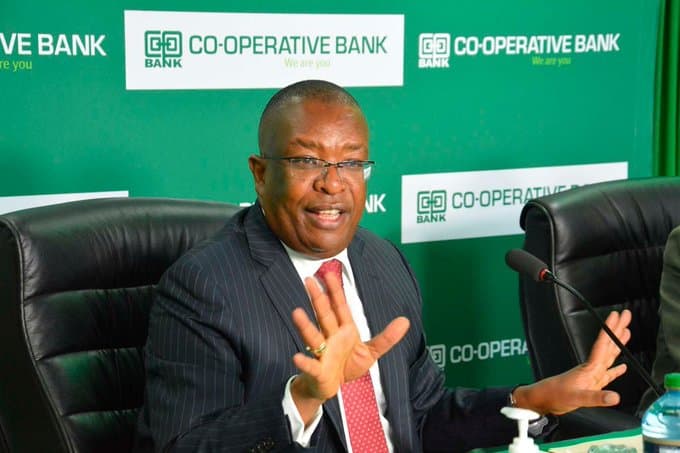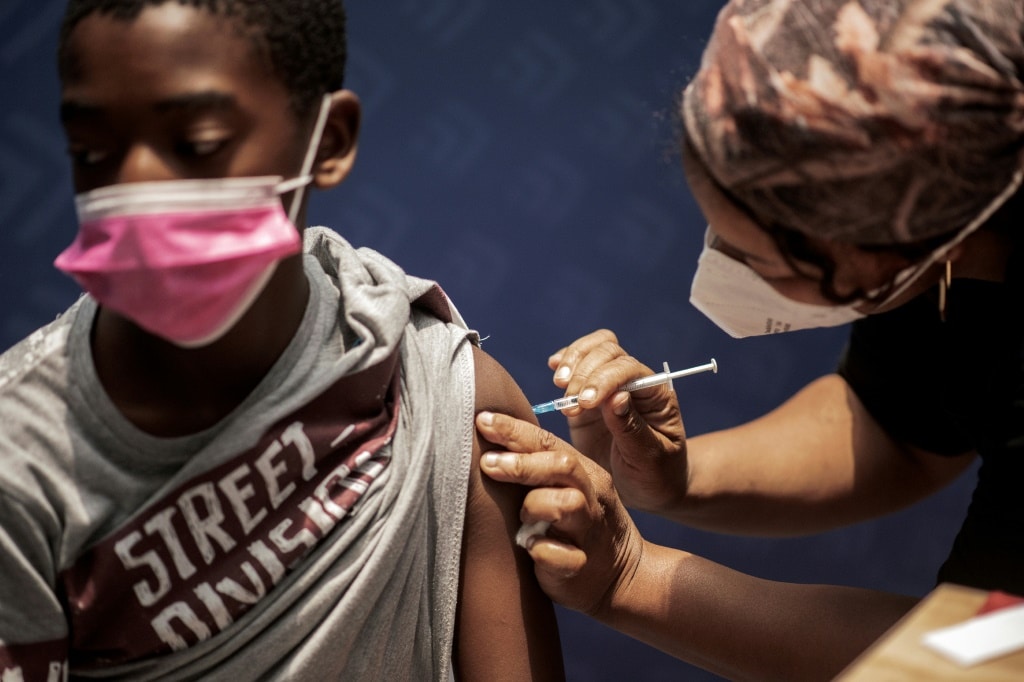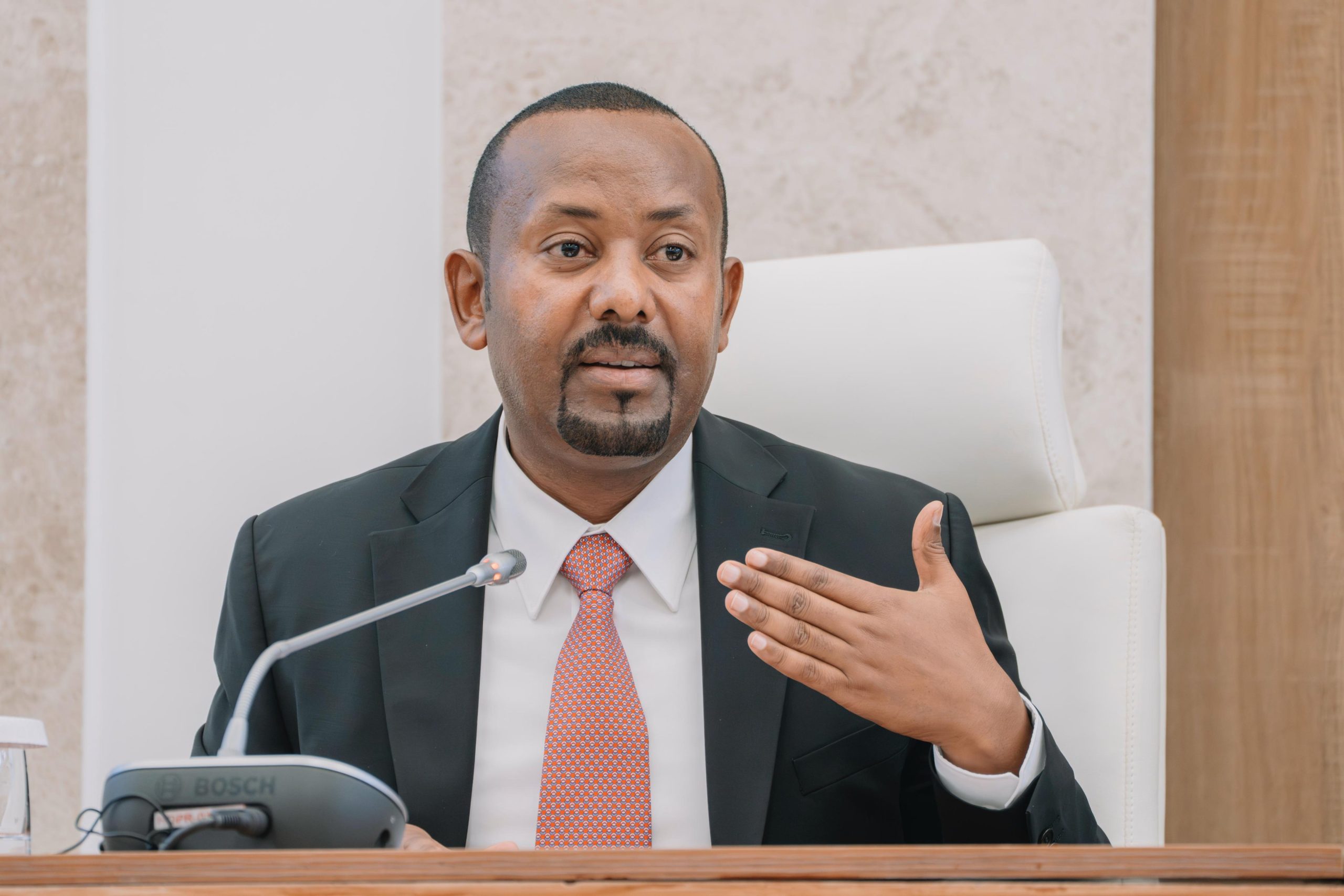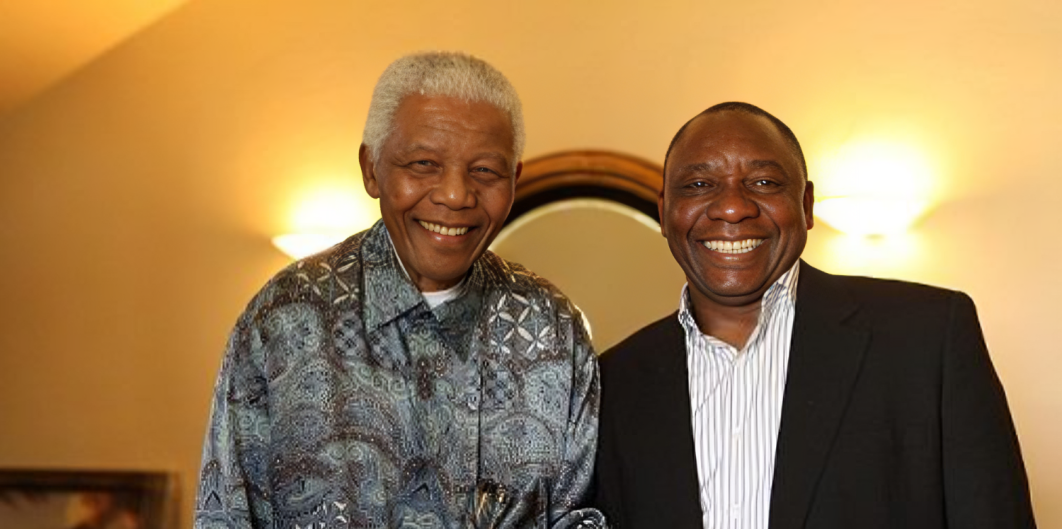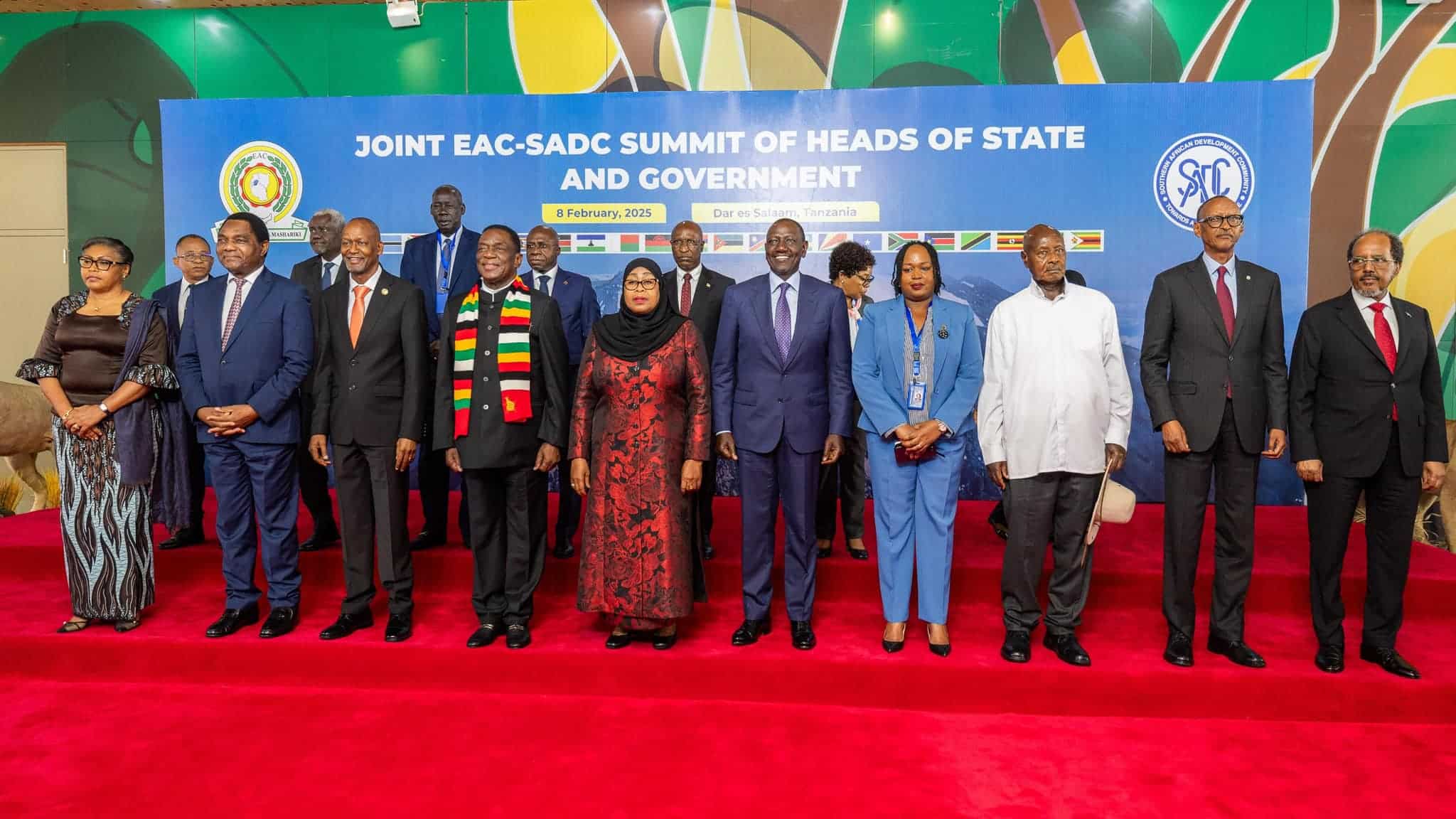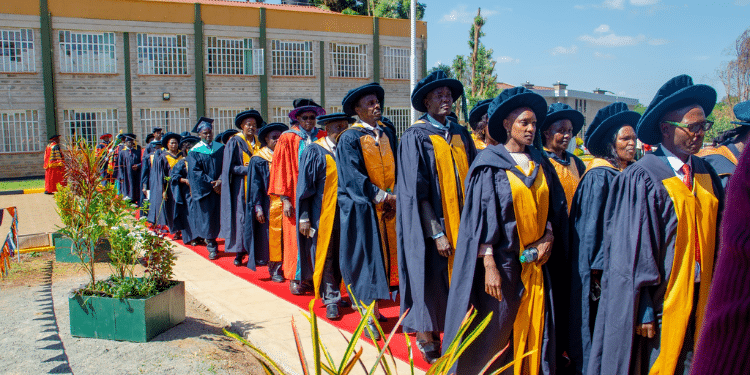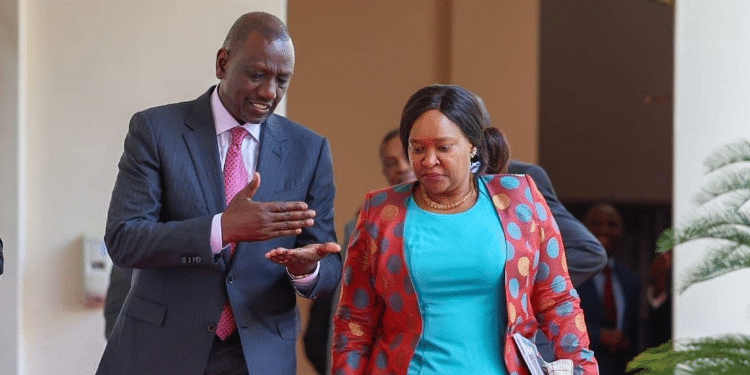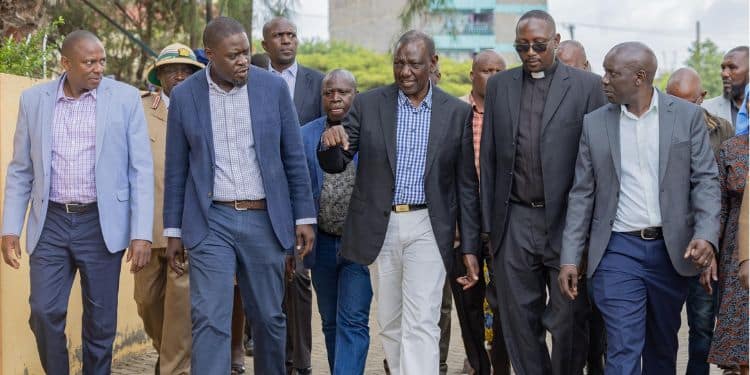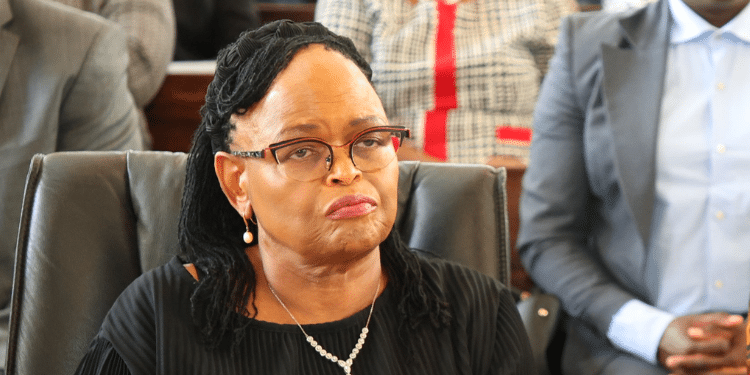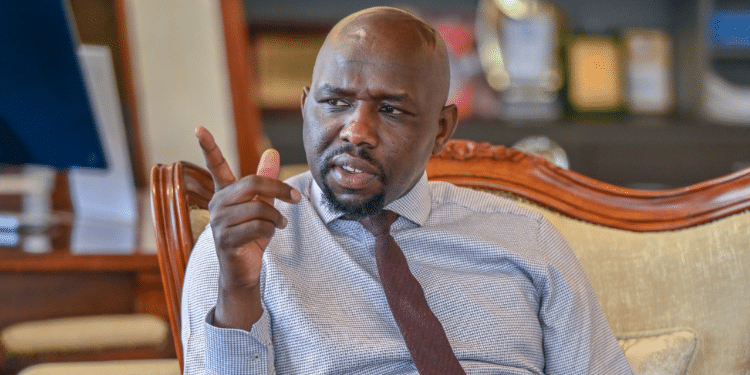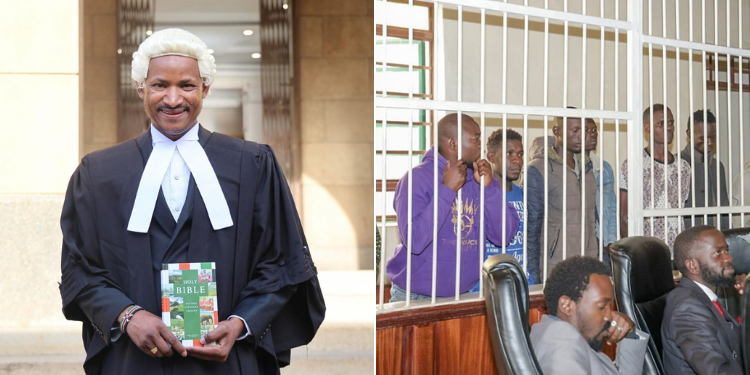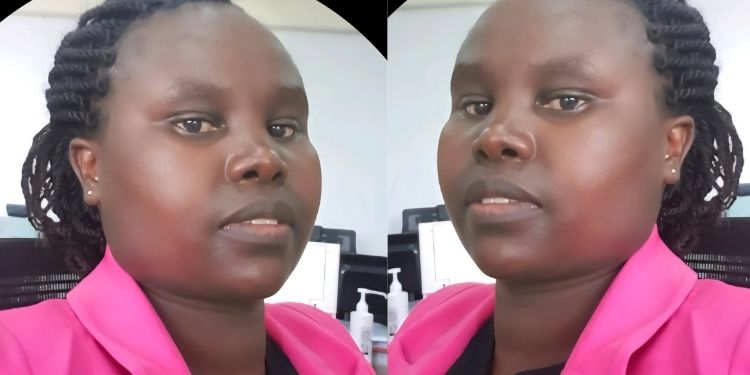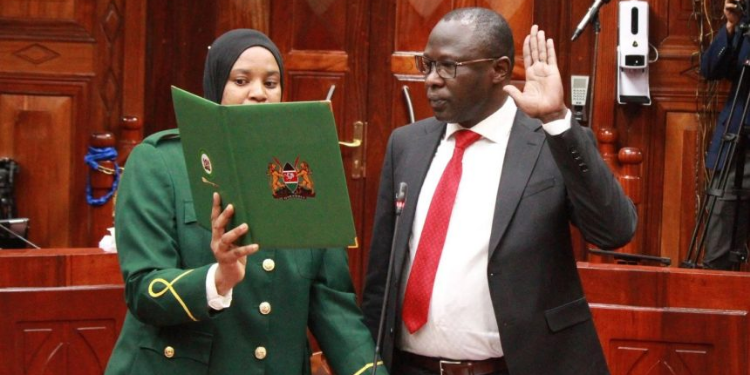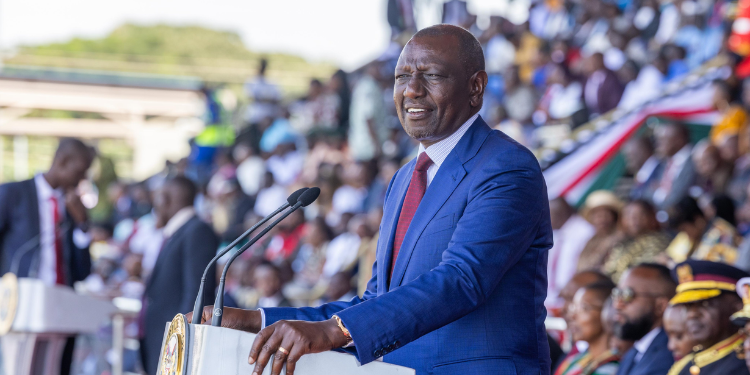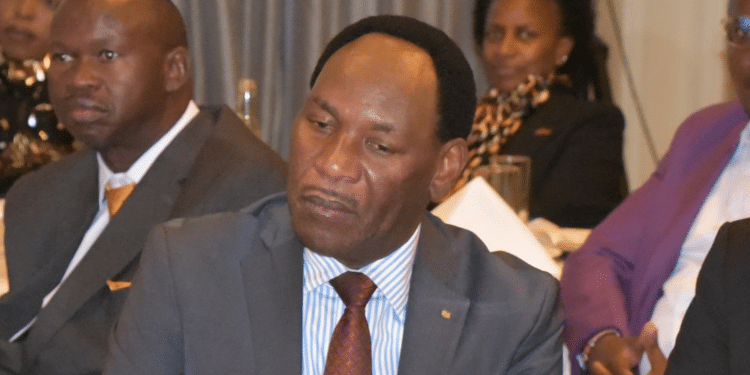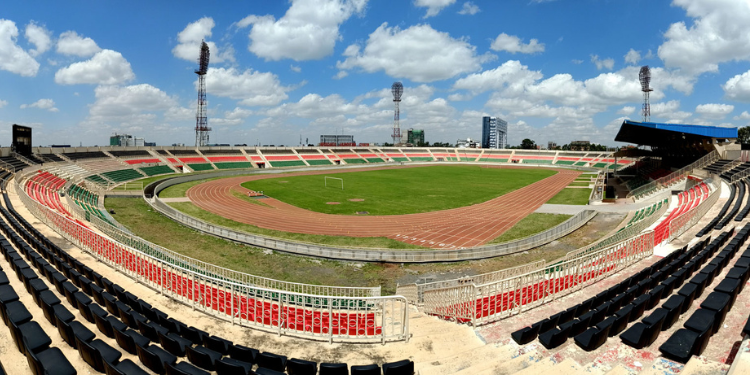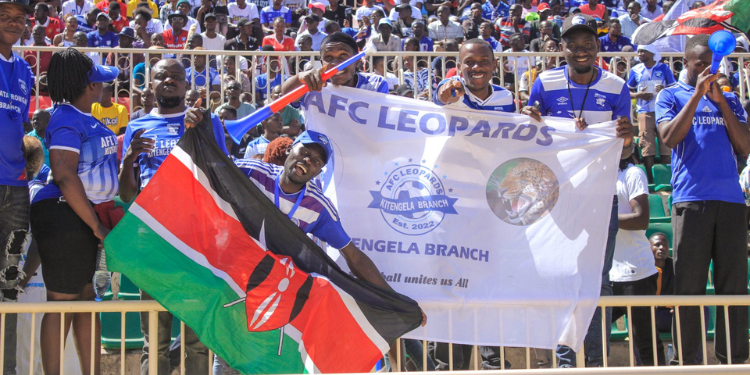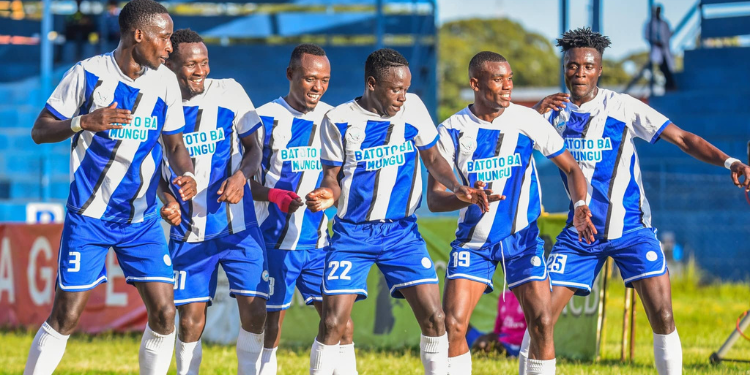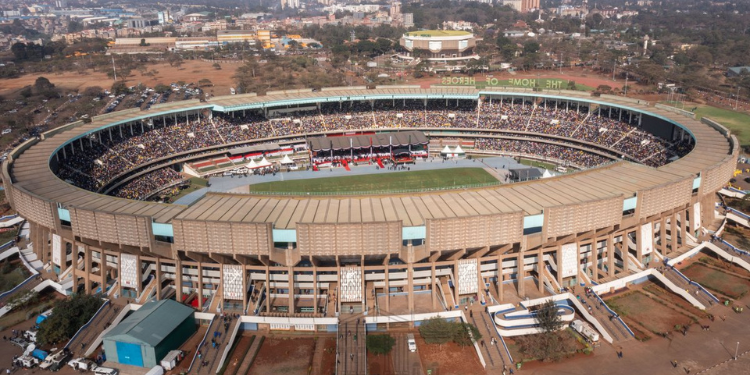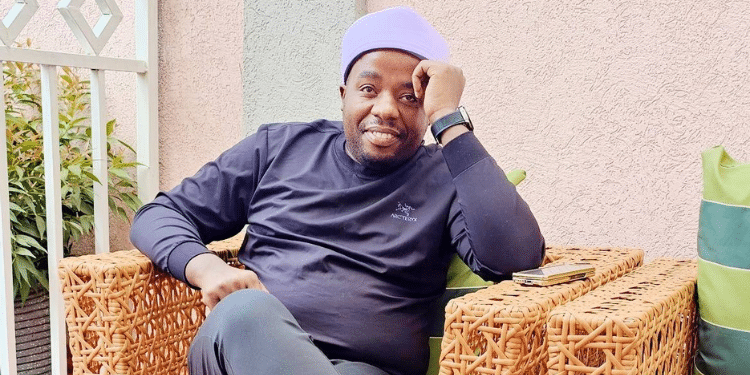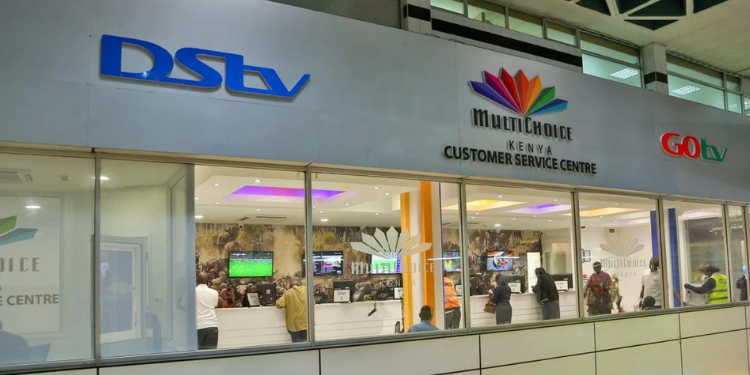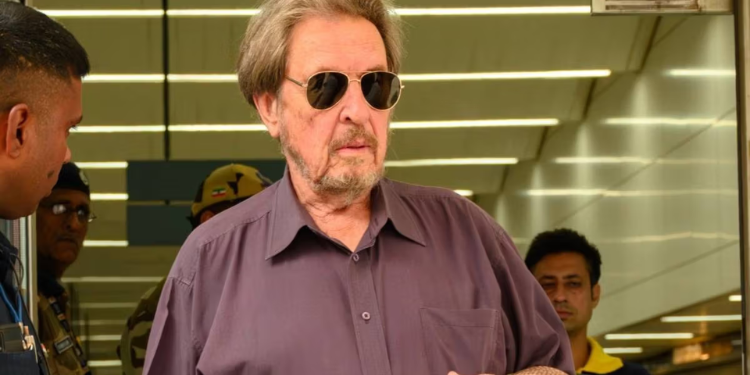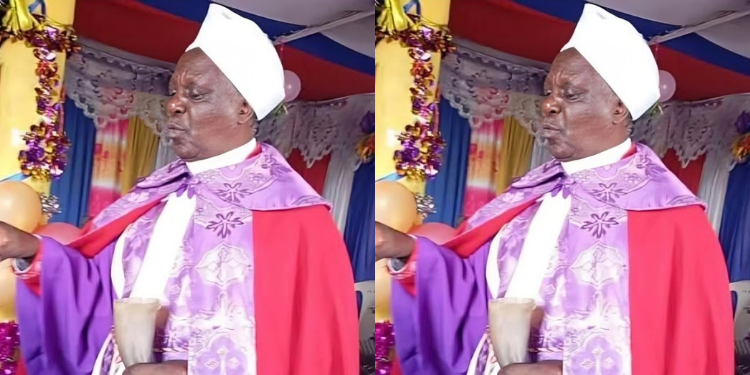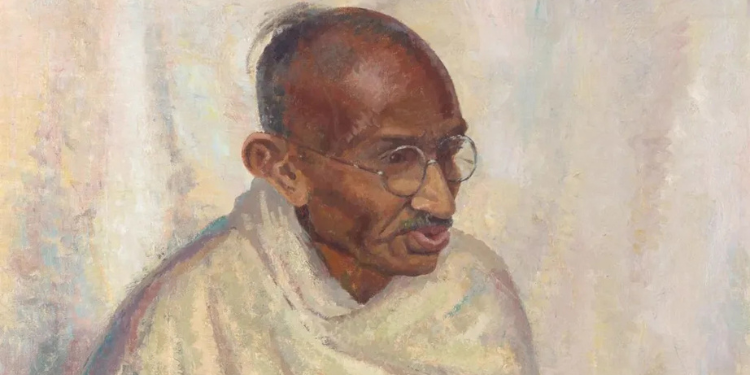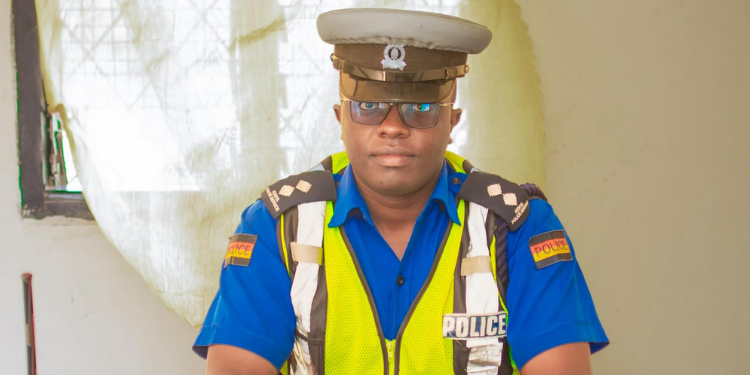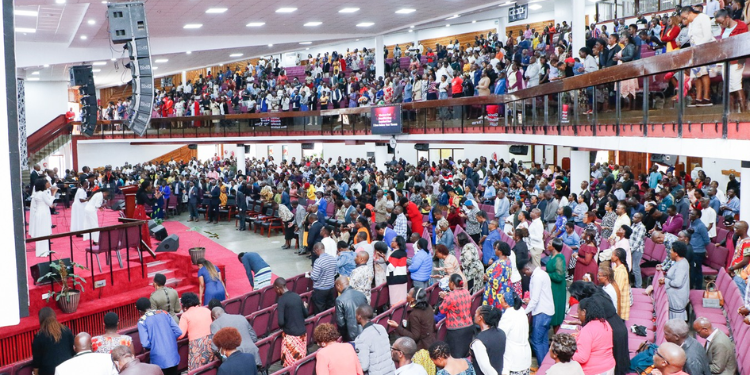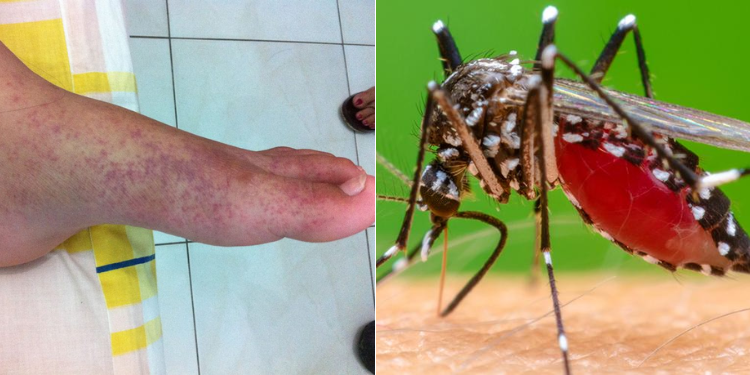Mombasa County has been hit by an outbreak of the Chikungunya disease. Health officials confirmed at least 25 positive cases following laboratory analysis at the Kenya Medical Research Institute (KEMRI).
The mosquito-borne virus has resurfaced amid ongoing rains, which have created widespread breeding grounds for the insects.
According to the Ministry of Health, 45 samples were tested out of 50 suspected cases, revealing one case of dengue fever and 25 of Chikungunya.
The most affected sub-counties are Mvita, Kisauni, Nyali, and Likoni. Mombasa County officials have since activated emergency response teams and launched fumigation exercises in the worst-hit areas in response to the outbreak.
Further, residents are being urged to eliminate mosquito breeding sites, cover water storage containers, and use mosquito nets to prevent further spread.
Details about Chikungunya virus
Chikungunya is a mosquito-borne viral disease that is transmitted from human to human by the bites of infected female mosquitoes, according to the World Health Organization (WHO).
Also Read: Kenya Announces Strict Burial Protocols After Ebola Outbreak in Uganda
WHO says that the mosquitoes involved most commonly are Aedes aegypti and Aedes albopictus, two species which can also transmit other mosquito-borne viruses, including dengue.
These mosquitoes can be found biting throughout daylight hours, although there may be peaks of activity in the early morning and late afternoon.
After the bite of an infected mosquito, onset of illness occurs usually between 4 and 8 days but can range from 2 to 12 days.
It is characterized by an abrupt onset of fever frequently accompanied by joint pain. Other common signs and symptoms include muscle pain, headache, nausea, fatigue and rash.
The joint pain is often very debilitating but usually ends within a few days or weeks. Most patients recover fully, but in some cases joint pain may persist for several months, or even years.
Occasional cases of eye, neurological and heart complications have been reported, as well as gastrointestinal complaints.
Also Read: MoH Issues 5 Advisories After Mysterious Disease Outbreak in Kisii
Diagnosis and treatment
Several methods can be used for diagnosis. Serological tests, such as enzyme-linked immunosorbent assays (ELISA), may confirm the presence of IgM and IgG anti-chikungunya antibodies.
IgM antibody levels are highest 3 to 5 weeks after the onset of illness and persist for about 2 months.
Samples collected during the first week after the onset of symptoms should be tested by both serological and virological methods (RT-PCR).
The virus may be isolated from the blood during the first few days of infection. Various reverse transcriptase–polymerase chain reaction (RT–PCR) methods are available but are of variable sensitivity.
Some are suited to clinical diagnosis. RT–PCR products from clinical samples may also be used for genotyping of the virus, allowing comparisons with virus samples from various geographical sources.
There is no specific antiviral drug treatment for chikungunya or commercial vaccine.
WHO advises that if Chikungunya cases are confirmed, treatment is directed primarily at relieving the symptoms, including the joint pain using anti-pyretics, optimal analgesics and fluids along with rest. Persistent joint pain may require analgesic and long-term anti-inflammatory therapy.
On the other hand, prevention is entirely dependent upon taking steps to avoid mosquito bites and elimination of mosquito breeding sites. This isn’t the first time Chikungunya has struck Kenya.
The disease has also been identified in over 60 countries in Asia, Africa, Europe and the Americas.
Follow our WhatsApp Channel and X Account for real-time news updates.


